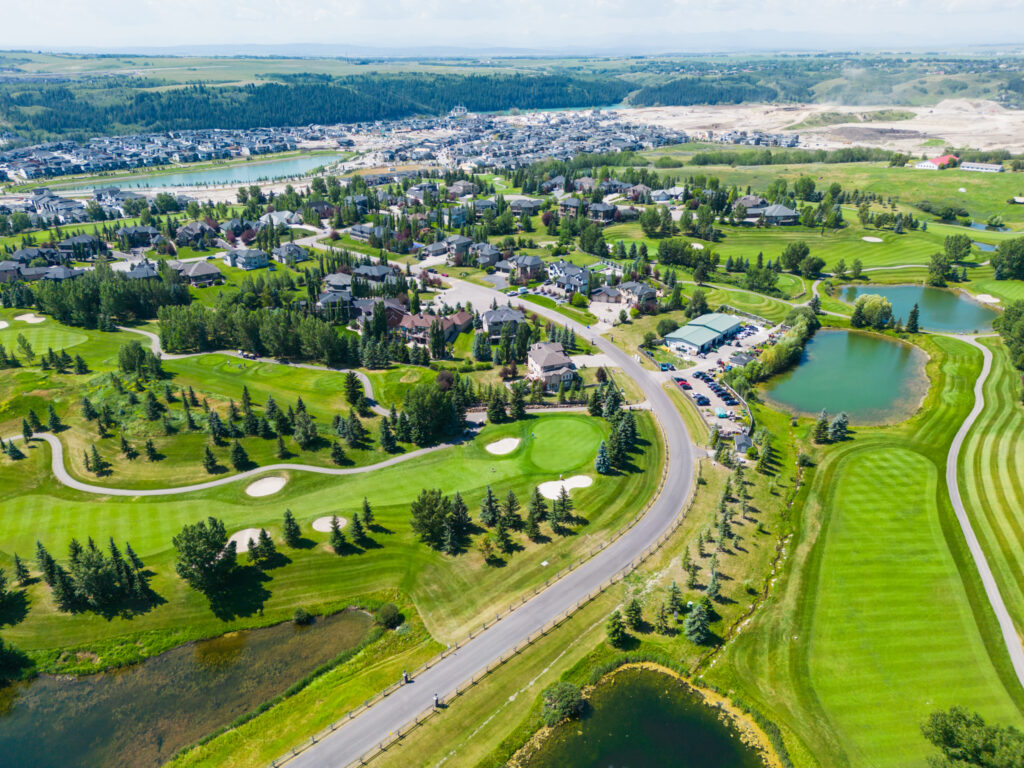As the world faces growing environmental challenges, sustainable land development has become more than a trend—it’s now a necessity. Developers and urban planners are under increasing pressure to create projects that not only meet human needs but also minimize environmental impact and contribute to long-term ecological health. Sustainable land development focuses on the efficient use of resources, reduced environmental footprints, and thoughtful planning for future generations. Here are key considerations to keep in mind when planning for sustainability in land development projects.
Efficient Land Use
One of the foundational principles of sustainable land development is optimizing land use to reduce urban sprawl and protect natural resources. Developers should aim to create compact, mixed-use communities that integrate residential, commercial, and recreational spaces in close proximity. This reduces the need for extensive infrastructure, decreases transportation emissions, and fosters vibrant communities.
Additionally, land developers must prioritize using land that has already been developed or degraded before expanding into untouched natural areas. Repurposing brownfields or underutilized urban spaces not only conserves green spaces but also contributes to economic revitalization.
Environmental Impact Assessments (EIA)
Before any development begins, a comprehensive environmental impact assessment (EIA) is essential. This assessment evaluates how the project will affect the local ecosystem, including wildlife, water sources, and air quality. By conducting an EIA, developers can identify ways to minimize negative impacts, such as protecting endangered species habitats, avoiding water contamination, and managing stormwater runoff. Sustainable projects work in harmony with nature, mitigating harm while enhancing biodiversity.
Incorporating green spaces, such as parks, green roofs, and natural buffers, is also an important consideration. These areas improve air quality, support wildlife, and contribute to the well-being of the community.
Energy Efficiency and Renewable Energy Integration
Sustainable land development projects should prioritize energy-efficient designs and consider integrating renewable energy sources like solar, wind, or geothermal power. Utilizing passive design strategies, such as building orientation to maximize natural light and insulation, can significantly reduce a development’s overall energy consumption.
Developers should also explore district energy systems—centralized heating, cooling, or power generation for entire communities—which can be more energy-efficient than individual systems. Combining energy-efficient technologies with renewable energy solutions reduces greenhouse gas emissions and promotes long-term sustainability.
Sustainable Materials and Construction Practices
The choice of materials and construction methods plays a critical role in the sustainability of any development project. Developers should prioritize sourcing sustainable building materials, such as recycled steel, reclaimed wood, or low-carbon concrete, to minimize the carbon footprint of construction.
In addition, adopting sustainable construction practices, such as reducing waste, conserving water, and minimizing disruption to the surrounding environment, can greatly enhance the project’s sustainability. Utilizing prefabrication and modular construction techniques, for instance, can reduce material waste and decrease construction timelines, resulting in lower overall resource consumption.
Water Conservation and Management
Water conservation is a vital aspect of sustainable land development. Developers should incorporate water-saving technologies, such as low-flow fixtures, rainwater harvesting systems, and greywater recycling systems, to reduce water consumption on-site.
Sustainable stormwater management is also crucial to prevent flooding, erosion, and water pollution. Techniques such as permeable pavements, bioswales, and retention ponds help to manage stormwater runoff naturally, ensuring that water is absorbed into the ground rather than flowing into sewers or nearby water bodies.
Transportation and Connectivity
Encouraging sustainable transportation is a key factor in reducing the environmental impact of a development. Projects should be designed to promote walkability and cycling, with safe and accessible pedestrian paths, bike lanes, and public transportation options.
Developers can also implement electric vehicle (EV) charging stations and prioritize the inclusion of efficient public transport networks, such as bus and rail services, to reduce reliance on cars. This approach minimizes carbon emissions and encourages healthier, more sustainable modes of travel.

